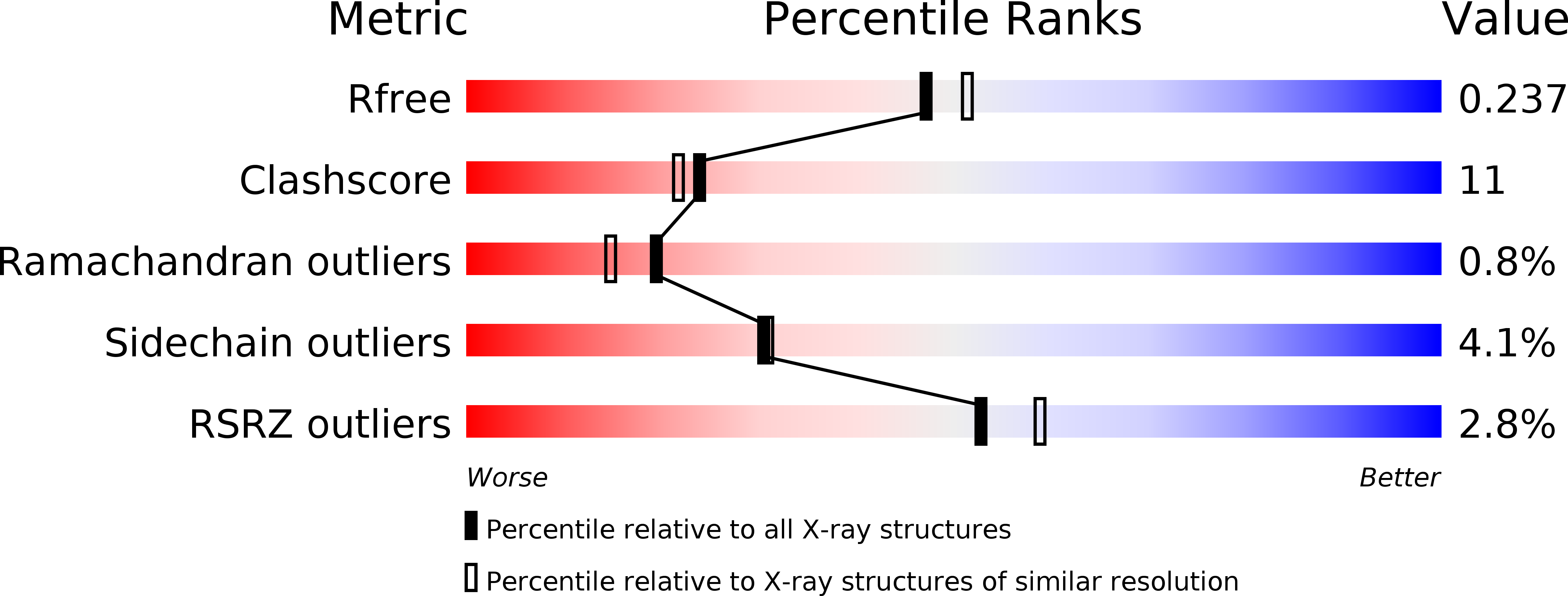
Deposition Date
2011-05-09
Release Date
2012-07-18
Last Version Date
2024-10-16
Entry Detail
PDB ID:
3RWK
Keywords:
Title:
First crystal structure of an endo-inulinase, from Aspergillus ficuum: structural analysis and comparison with other GH32 enzymes.
Biological Source:
Source Organism:
Aspergillus ficuum (Taxon ID: 5058)
Method Details:
Experimental Method:
Resolution:
2.10 Å
R-Value Free:
0.23
R-Value Work:
0.18
R-Value Observed:
0.18
Space Group:
P 31 2 1


